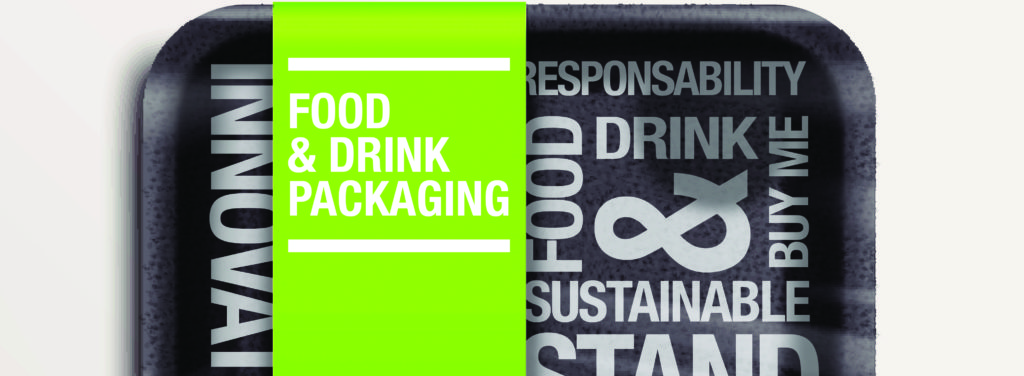
Imagine a world where the population had doubled and where two thirds of those people lived in a city. Imagine a world where one in five people were over 60 years old and the number of people over 80 years had tripled. Imagine a world where the demand for energy had doubled and the supply of oil had run out. That world will be upon us in 2050.
Already in the UK we’re seeing people living longer, working longer and staying single longer. Thirty per cent of people now live alone and the average age to get married is now 32.
So what does that mean if you’re a food and drink producer and you want to grow your brand? It means that at a local level people are shopping more frequently than they’ve ever done, that convenience is thriving and out of town stores are declining. Global uncertainty means that people are looking for everyday treats and are more likely to cook a tasty meal for friends at home than go out for dinner.
When it comes to how to package food and drink products, how can the packaging make your brand stand out and stay ahead of the competition? Firstly, it needs to signpost to the consumer what the product is through its shape and use of materials. Remove the graphics from a jar of Marmite, a bottle of Coca-Cola or a container of Heinz Ketchup and a consumer would still recognise them all instantly from their silhouette alone. Secondly, the packaging needs to tell the consumer where the product sits in a range: is it a luxury item, a premium treat or an everyday staple? Finally it needs to be viewed against its competitors. It might look great on its own but on a crowded shelf or in a packed fridge does it grab the eye and disrupt the fixture?
If those things are all in place, how should packaging then be designed to safeguard future sales against a changing world? Given that the global population is ageing but that manual dexterity deteriorates sharply over the age of 64, it’s worth reflecting on how easy it is to access your product. Given too that more people are living on their own, packaging that allows products to be easily portioned, re-closed or frozen is certain to be well received. As oil supplies dwindle, the use of packaging made from renewable resources will be become ever more important. Lastly as consumers increasingly want to do their bit for the environment, providing them with packaging that can not only be widely recycled but that also reduces food waste by protecting the product for as long as possible will be vital for companies that want consumers to advocate their brand.
Imagine if a product grabbed your attention and made you pick it up and buy it. Imagine if you didn’t then have to wrestle to open it or ‘check local’ to see how to dispose of it. Imagine if the product then stayed fresh even if only half of it was eaten. Well designed packaging has the power to do all of that. Give it the consideration it deserves and you’ll be setting your products up for success in today’s market and safeguarding them against a changing world.
Simon Oxley is a Senior Packaging Technologist and has worked for brands including Marks & Spencer, Innocent and Britvic. If you’d like to get in touch with Simon to discuss your food and drink packaging, please contact him via LinkedIn or contact foodanddrink@stephens-scown.co.uk
